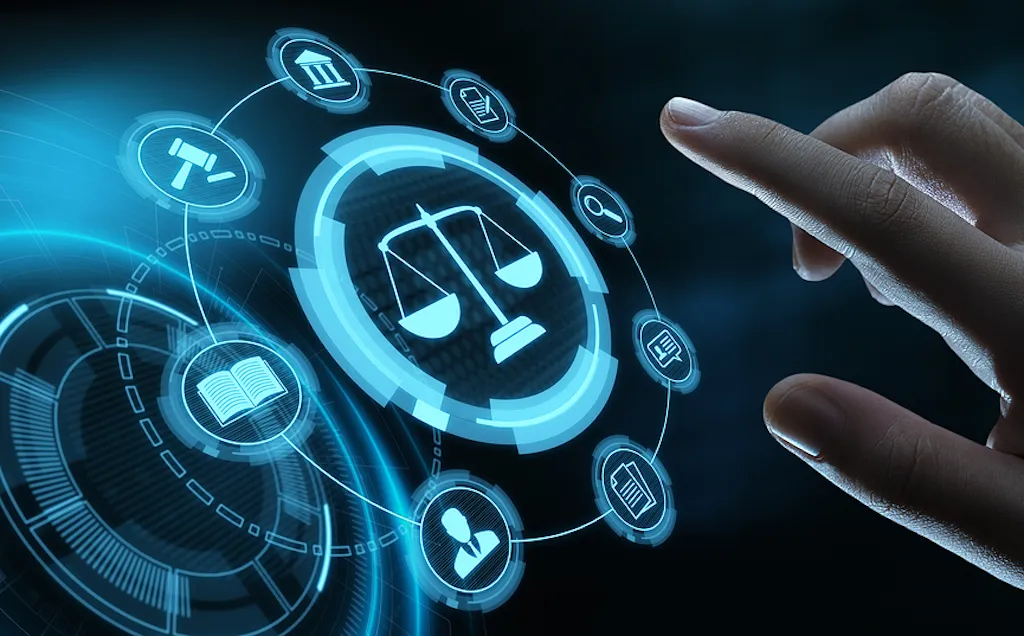
The Role of Emerging Technologies in the Juvenile Justice System
Emerging technologies are expedient for the juvenile justice system of the world. This article exposes the role emerging technologies can play in ensuring an effective juvenile Justice dispensation that is in the best interest of a child witness, victim, and juvenile delinquent.
Firstly, What are Emerging Technologies?
Winston and Strawn LLP, an international law firm, defines Emerging technologies as the term… usually reserved for technologies that are creating, or are expected to create, significant social or economic effects. This definition is suitable for this subject because the effect of juvenile Justice must ensure the best interest of the child. Thus, emerging technologies provides notable contributions in this endeavor. Examples of these emerging technologies are: blockchain technology, Artificial intelligence, Robotics, smart devices and cloud technology.
Secondly, What is Juvenile Justice?
Britannica, an online encyclopedia, defines juvenile Justice as a system of laws, policies, and procedures intended to regulate the processing and treatment of non-adult offenders for violations of law and to provide legal remedies that protect their interests in situations of conflict or neglect.
Consequently, Article 40 (1) of the United Nations Convention on the Rights of the Child provides that ” States Parties recognize the right of every child alleged as, accused of, or recognized as having infringed the penal law to be treated in a manner consistent with the promotion of the child’s sense of dignity and worth, which reinforces the child’s respect for the human rights and fundamental freedoms of others and which takes into account the child’s age and the desirability of promoting the child’s reintegration and the child’s assuming a constructive role in society.”
So, What role can Emerging Technologies play in Helping State Parents Achieve this goal for a child witness, Victim, or Juvenile Delinquent?
Foremost, in the juvenile Justice proceedings, children are susceptible to fear, anxiety, mental and emotional imbalance. The court, police and other relevant authorities involved in juvenile Justice system exudes a grave influence on the cooperation or lack of cooperation of a child witness, victim or delinquent.
Therefore, here are the ways emerging technologies can support a child witness:
- The provision of an augmented reality equipment in courts or police stations can help induce a positive state of mind in a child witness.
- Virtual participation of a child witness during court proceedings can help protect their mental health, identity, and safety.
- Use child-friendly robots for interrogations, especially when children fear security forces.
Furthermore, here are the ways emerging technologies can support a child victim:
- Virtual court attendance of a child victim is favorable for the protection of their identity. This is also advantageous in keeping the child away from the accused or criminal.
- Rehabilitative Education via smart devices can help a child victim deal with adversity.
- Augmented Reality tools can also help support the mental health and the recuperation of the traumatized child victim.
- Police robots can assist a child victim who has suffered shock and is uncooperative with parents, and police in giving a testimony. I believe child friendly robots can influence a child to speak out. These robots can be equipped with audio/video recording devices.
Subsequently, here are the ways emerging technologies can support the rehabilitation of juvenile delinquent:
- The use of blockchain technology can help keep an accurate record of data on juvenile delinquents in any jurisdiction. Moreso, it is favorable for their data protection. Also, the blockchain technology can help keep track of information on the prevalent nature of juvenile delinquency across all societies. This technology can supply data that adequately supports policies for the prevention of juvenile delinquency in such areas.
- The use of police drones in high rate juvenile delinquency societies is auspicious in the assessment of evidence for policy formulation towards prevention of juvenile delinquency.
- Virtual attendance of juvenile delinquents is in the best interest of the child.
The rehabilitation of juvenile delinquents should involve customized computers and smart devices for their rehabilitation. Introduce tech courses to serve as vocational training for them.
Ultimately, Emerging technologies are advantageous to a child witness, victim and juvenile delinquent. We cannot overemphasize their contributions to the juvenile justice system in this epoch. Therefore, emerging technologies deserves the copious investment of the juvenile Justice systems.
- Artificial Intelligence
- Blockchain Technologies
- Child Labour
- Emerging Technologies
- Innovation
- law
- Legal Innovation
- Legal Practice Beyond Borders
- Legal Service Delivery
- Legaltech
- Others
- Technology
- Uncategorized